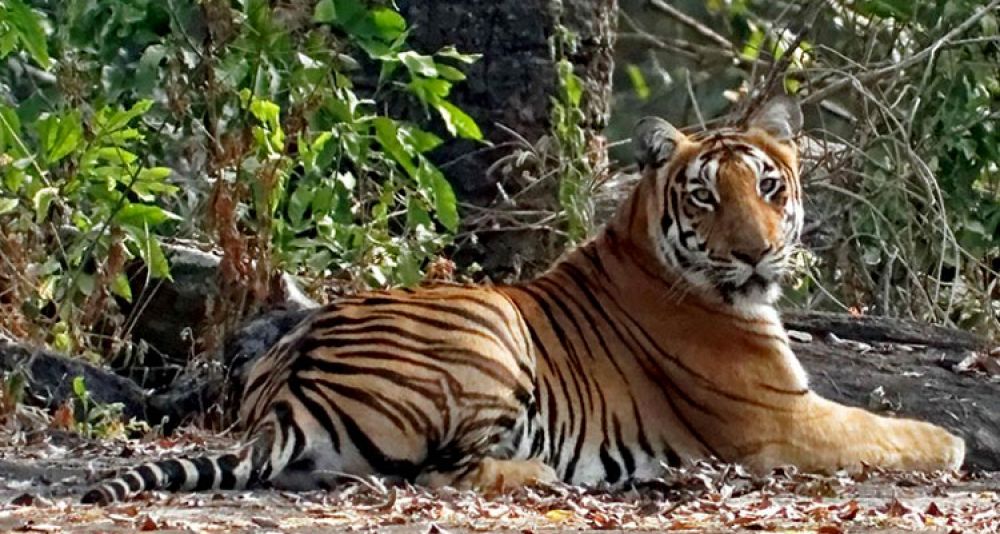

Located in the Chikkamagaluru and Shivamogga districts of Karnataka, India, the Bhadra Tiger Reserve is a renowned wildlife sanctuary that has been a significant spot for eco-tourism and conservation efforts. The reserve, named after the Bhadra River, was established in 1974 as the Bhadra Wildlife Sanctuary and was later in 1998 declared as a Project Tiger Reserve, making it an integral part of India's efforts to protect the Bengal tiger.
Initially, the region around the Bhadra Tiger Reserve was well-known for its coffee and spice plantations with tourism playing a secondary role. It was in the early 1990s when eco-tourism began to gain prominence, with the Indian government and various NGOs pushing for sustainable tourism practices that would aid in conservation while also benefiting local communities.
Tourism in the reserve took a more structured form when the Jungle Lodges and Resorts (JLR), a hospitality chain owned by the Government of Karnataka, set up a nature camp within the reserve. This led to a boost in controlled and regulated tourism which ensured that visitors could enjoy the natural beauty of the place without causing harm to the wildlife and the environment.
The area is not only rich in biodiversity but also holds historical significance owing to the fact that the region was once part of the kingdom of Shivappa Nayaka of Keladi in the 17th century. The ancient temples and historical sites scattered around the region are a testament to its rich past.
Visitors to Bhadra Tiger Reserve can engage in a variety of activities such as:
In recent years, there has been a rise in the number of eco-conscious travelers visiting Bhadra Tiger Reserve. Sustainable tourism practices have become more prominent, with emphasis on minimal environmental footprint and support for local livelihoods. The Forest Department and tour operators have also become more vigilant, ensuring that the carrying capacity of the ecosystem is not exceeded.
Another trend is the increase in popularity of photography tours as wildlife photography has burgeoned as a hobby. The reserve's scenic landscapes and rich biodiversity make it a sought-after destination for professional and amateur photographers alike.
Nestled in the Baba Budan Giri Range of the Western Ghats, Kemmanagundi is a hill station close to Bhadra Tiger Reserve and is known for its serene beauty and pleasant climate. This hill station was the summer retreat of Krishnaraja Wodeyar IV, and its royal history adds to its allure.
Today, Kemmanagundi's gardens, maintained by the Horticulture Department of Karnataka, are a major tourist attraction, alongside the Z Point trek, Hebbe Falls, and the adjoining coffee estates.
As an eco-tourism destination, Kemmanagundi has seen a steady increase in the number of visitors who are seeking a tranquil experience in the lap of nature away from the hustle of city life.
The Bhadra Tiger Reserve along with Kemmanagundi represents Karnataka's commitment to conserving its natural heritage while also promoting tourism that is responsible and enriching for both visitors and the native flora and fauna. With continuous conservation efforts and responsible tourism practices, these destinations are set to remain as pristine getaways and wildlife havens for future generations.